In the south polar region of the Moon, architects at SOM–Skidmore, Owings & Merrill have envisioned a Moon Village. In collaboration with ESA–European Space Agency and MIT–Massachusetts Institute of Technology, the debut of Moon Village at the 17th International Architecture Exhibition of La Biennale di Venezia kicked off an initiative of returning to the Moon five decades after humans first set foot on its surface. Visualized on the rim of the Moon’s Shackleton Crater, the location was chosen with consideration for the near-continuous daylight it receives throughout the lunar year.
Primarily conceived of as a cluster of research stations, Moon Village would host an array of functions spanning from sustainability research opportunities to the future prospect of Moon tourism. The south polar region of the Moon supports the possibility of a self-sufficient settlement, receiving near eternal sunlight that could be harnessed and stored for energy. This part of the Moon also hosts a variety of untouched matter that could offer insight into the Solar System’s early history as well as the general emergence of our larger universe.
Above all else, the structure of each individual hub comprises a modular frame and protective exterior to cater to the varied projects taking place inside. Most of the action would be taking place in each structure’s open centralized space, leaving room for the supportive framework, made from titanium alloy to be built into each building’s perimeter. Describing the structure’s blueprint, the architects at SOM say, “The innovative structural design of the modules is a hybrid rigid-soft system, made of two key elements: a rigid composite perimeter frame and an inflatable structural shell that integrates a multi-layer assembly with an environmental protection system.”
SOM decided on an inflatable shell and rigid, if not a minimal internal framework to easily transport each structure’s building materials by rocket. The combination of a rigid framework and inflatable structural shell, made from open-foam polyurethane and double-aluminized Mylar for insulation, was also chosen by SOM to adapt to internal and external environmental conditions, optimize airflow, and maintain transparent working spaces, while the free centralized volume promotes efficiency and mobility for research projects.
Designer: SOM–Skidmore, Owings & Merrill
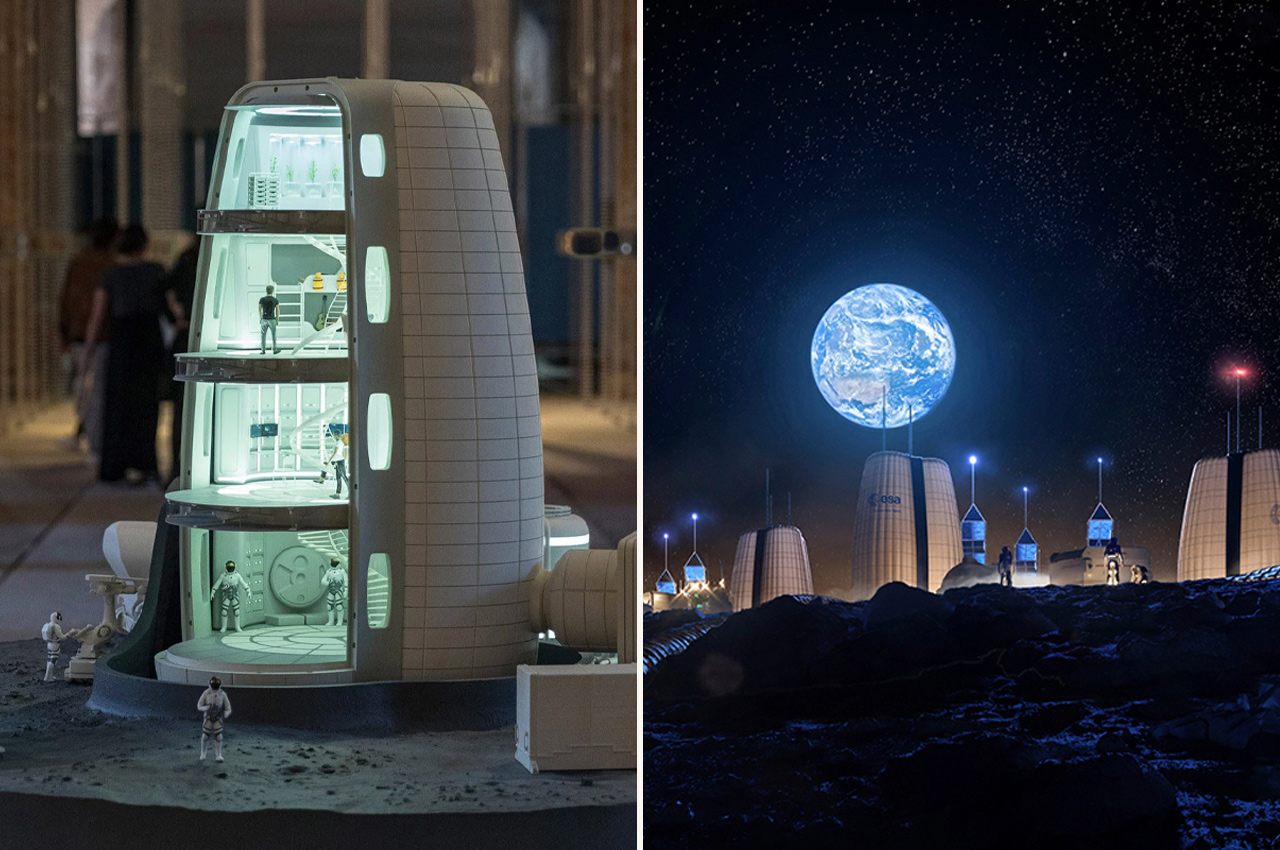

Located in the south polar region of the Moon, SOM’s Moon Village would harness energy from the sun to generate their research facilities.
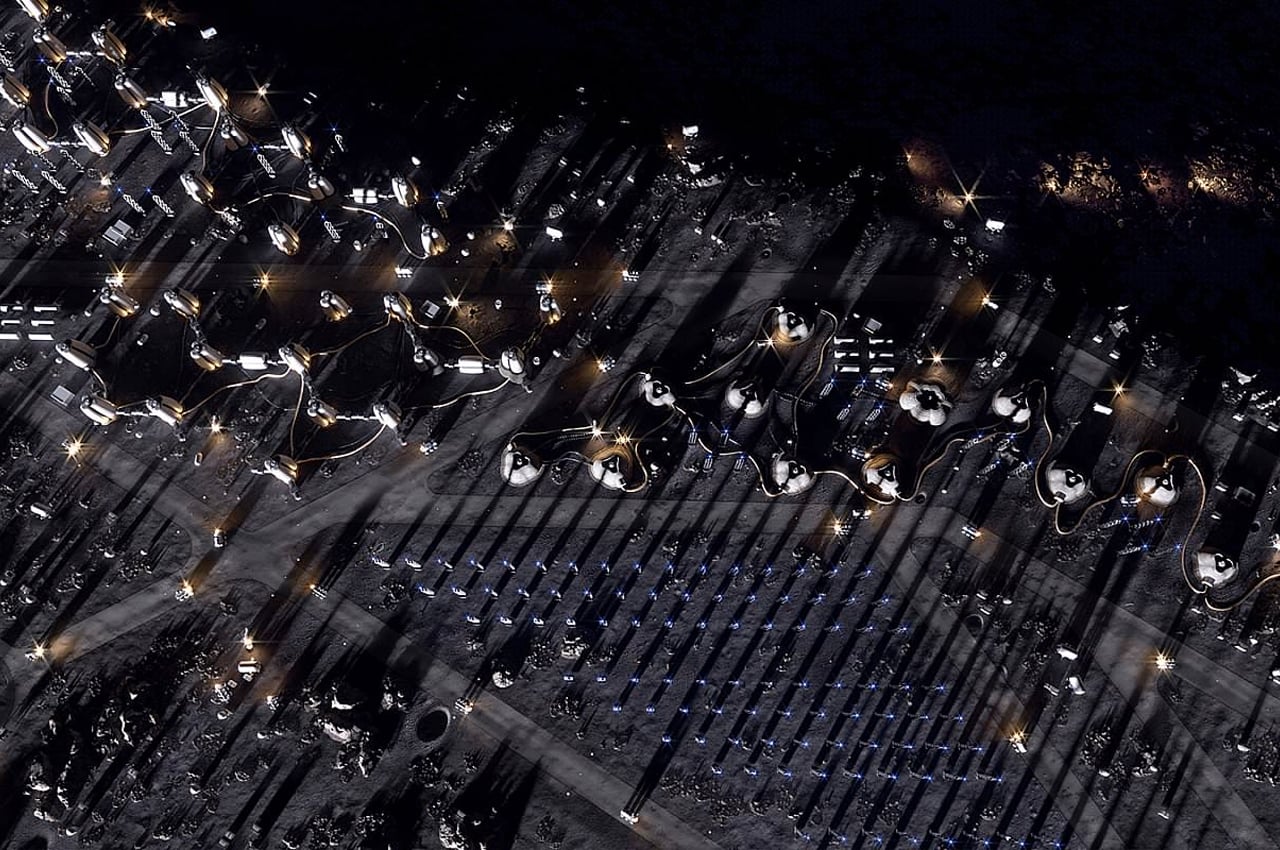
Comprising a cluster of Moon Villages, SOM intended for a human-centric design when developing Moon Village.
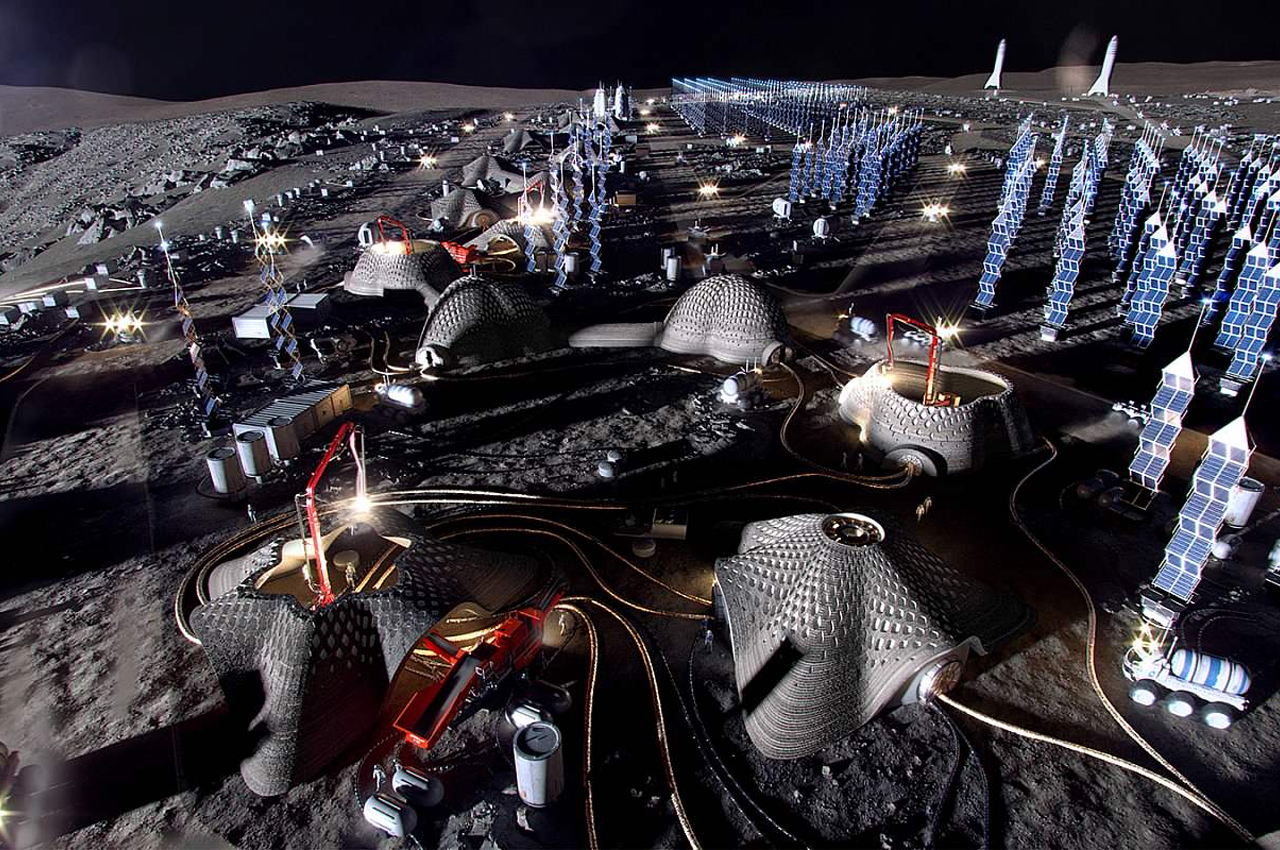
SOM envisions solar towers to form grids around Shackleton Crater and harness the sunlight’s energy.
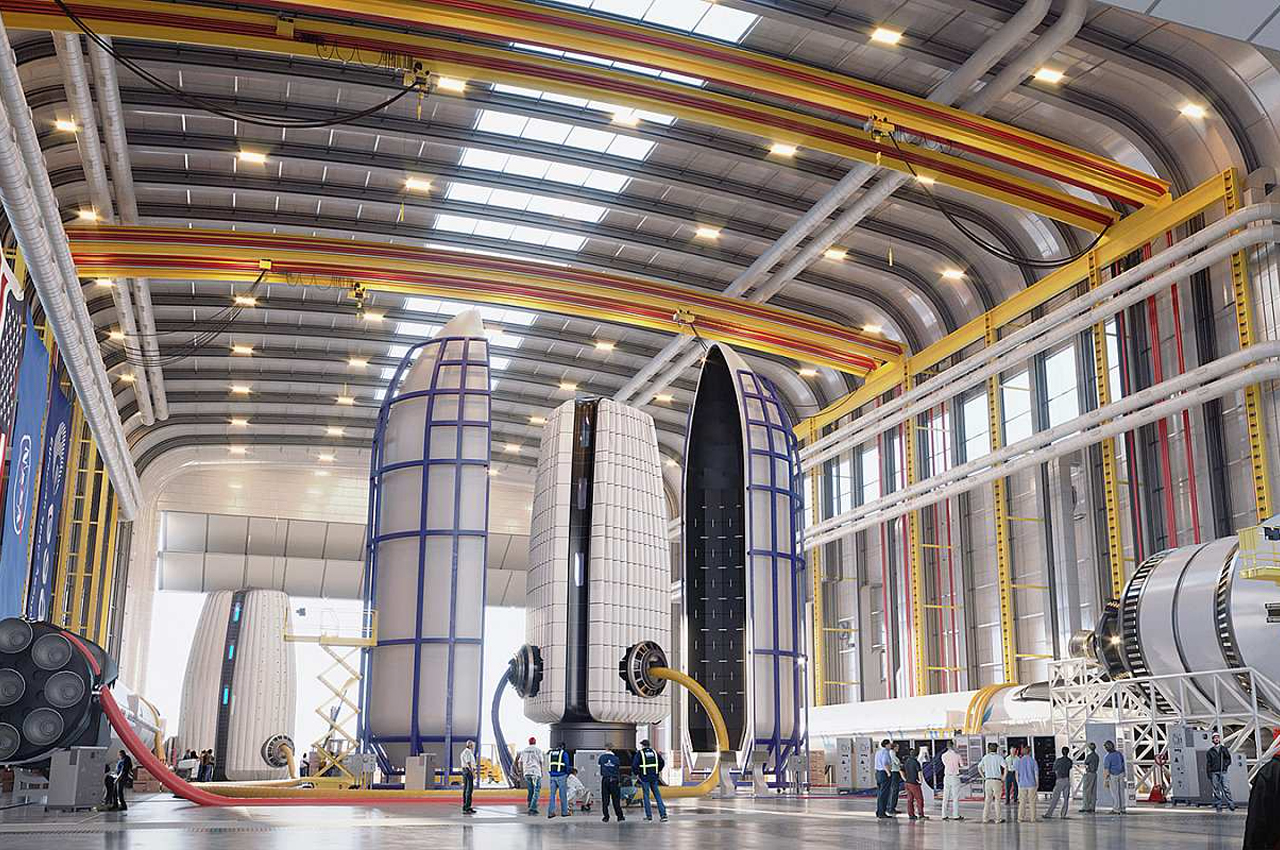

Inside, an open centralized volume will leave plenty of room for efficient working and unrestricted mobility.

The main internal structure will be located in the perimeter of each structure.
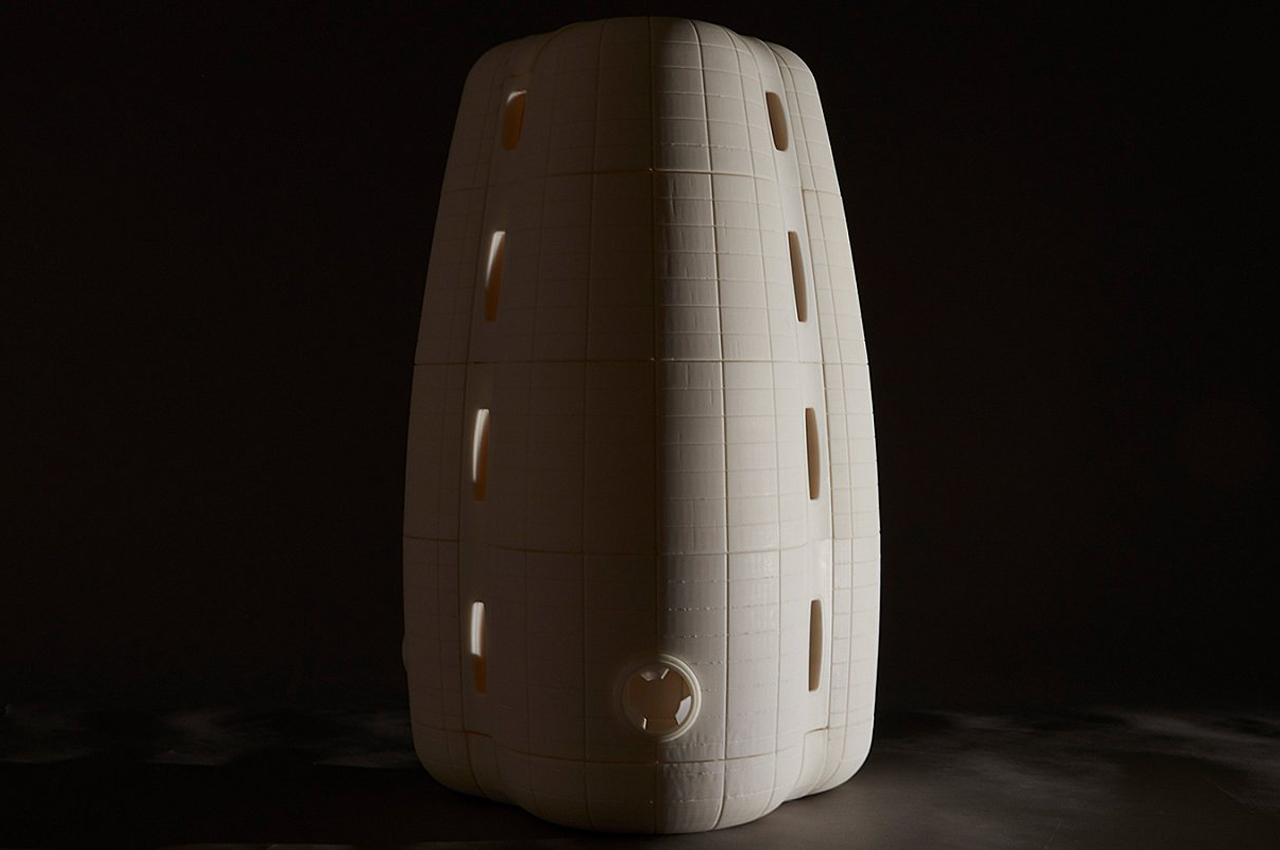
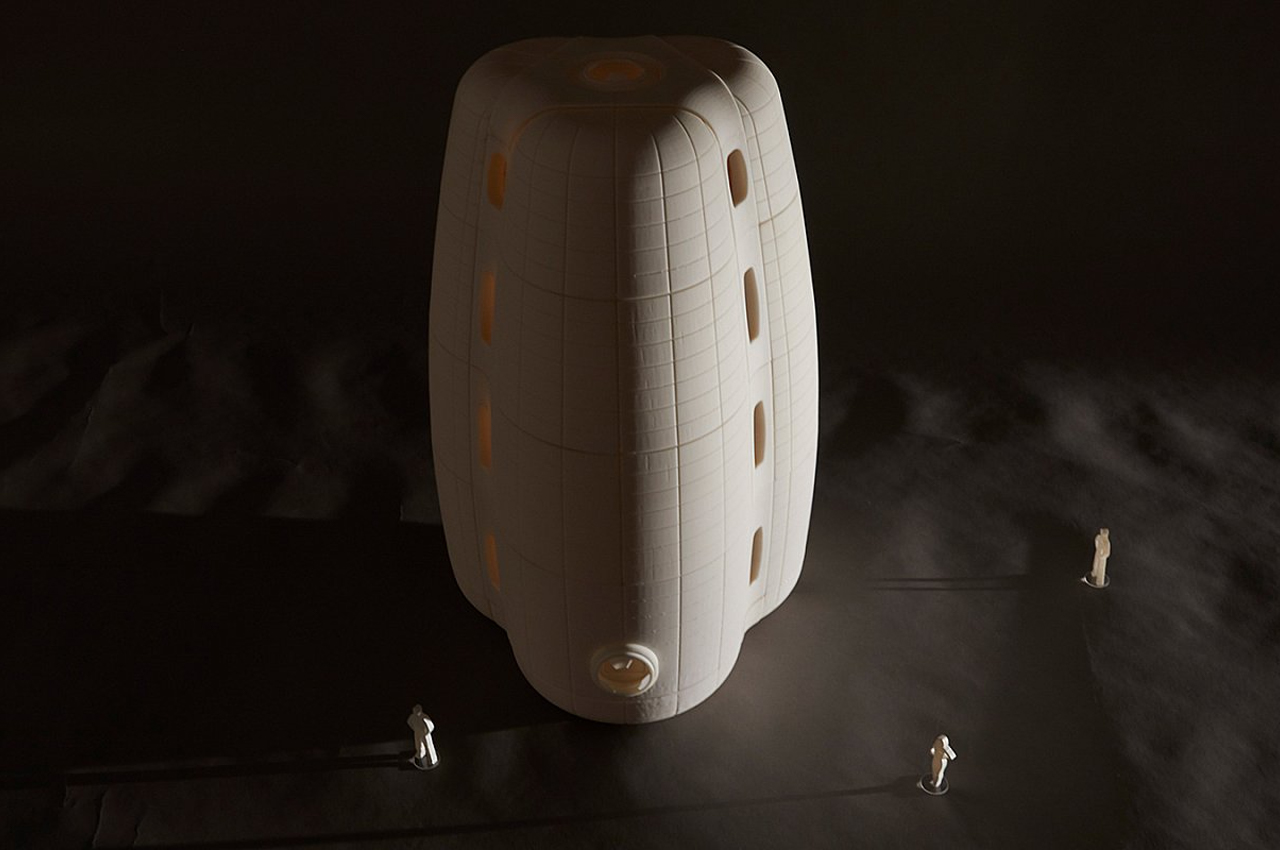
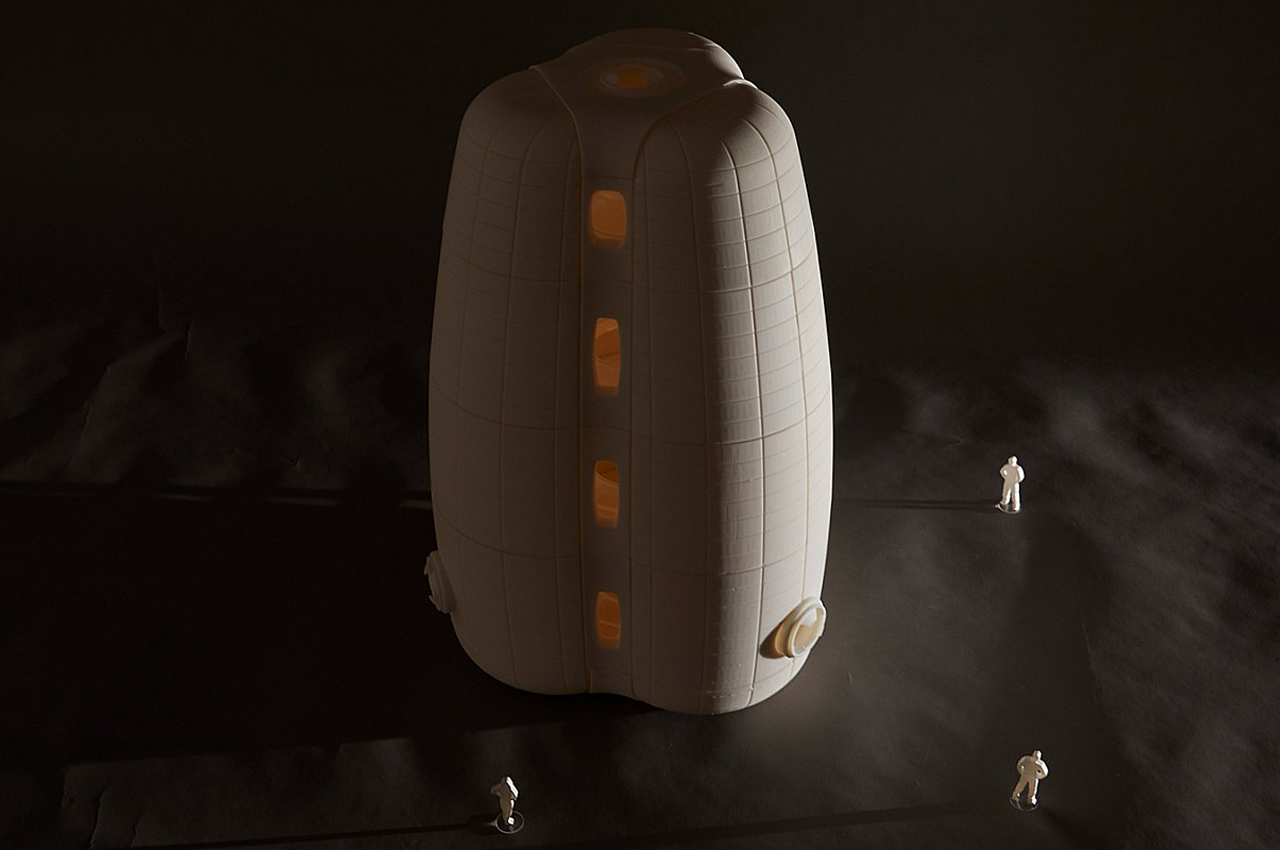
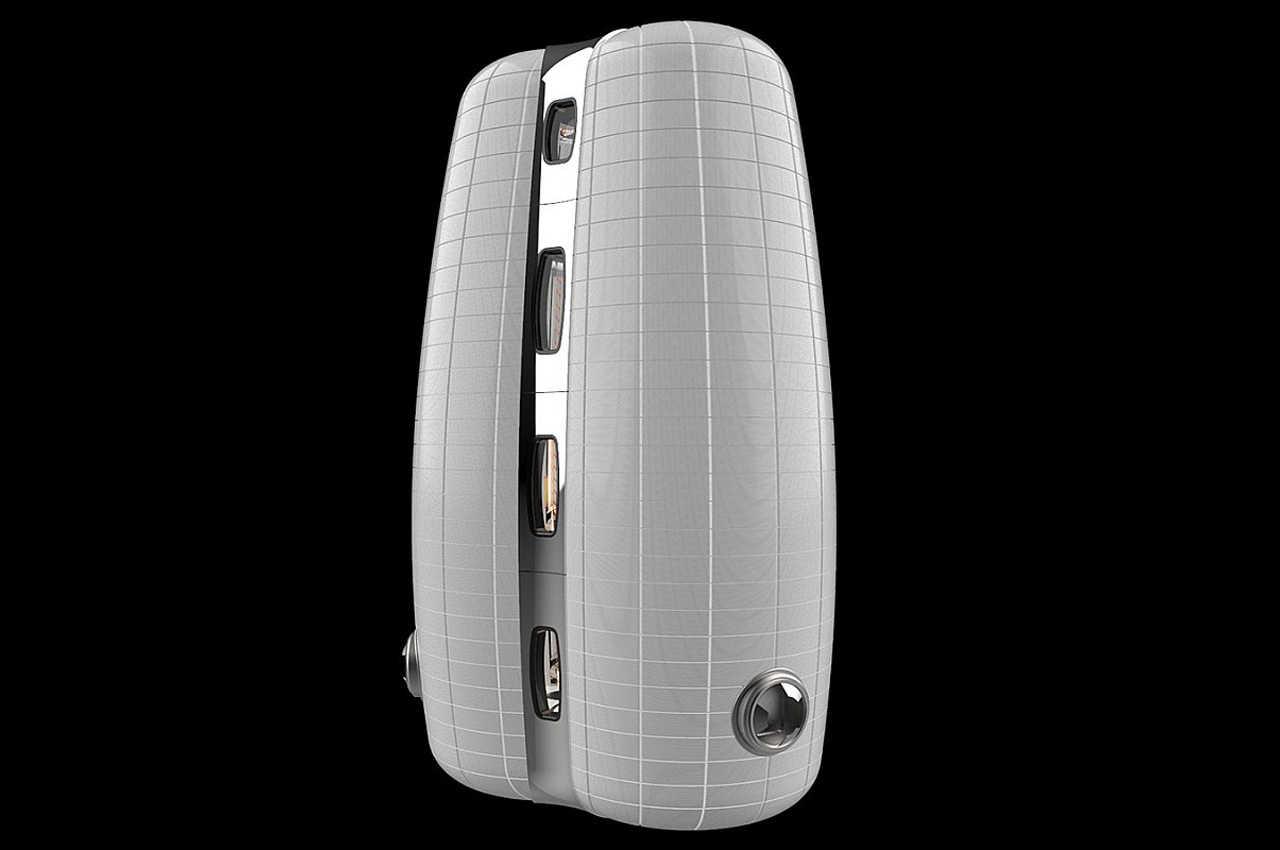
An external, inflatable structural shell will protect Moon Village hubs from micrometeorites.
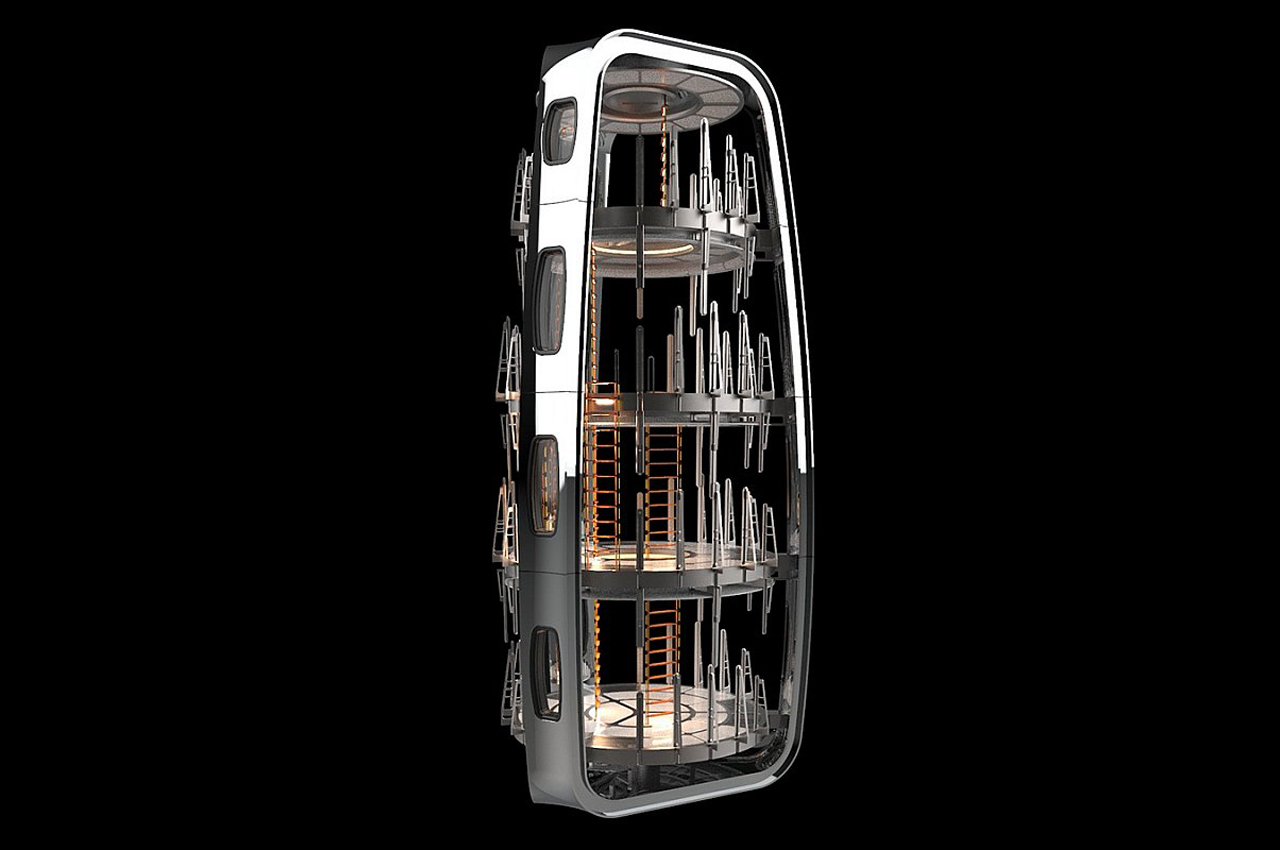
The internal framework of Moon Village’s research hubs will ensure the structure’s stability and soundness.
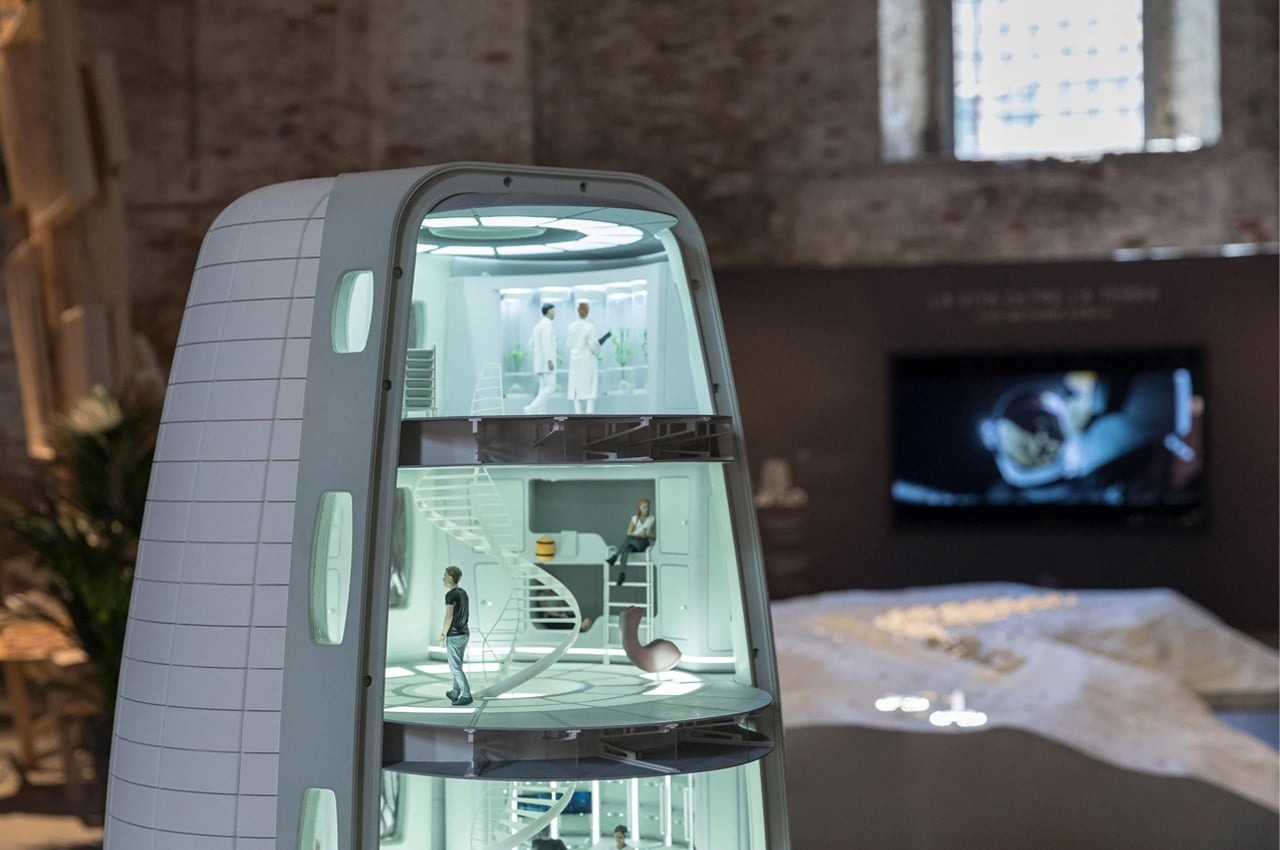
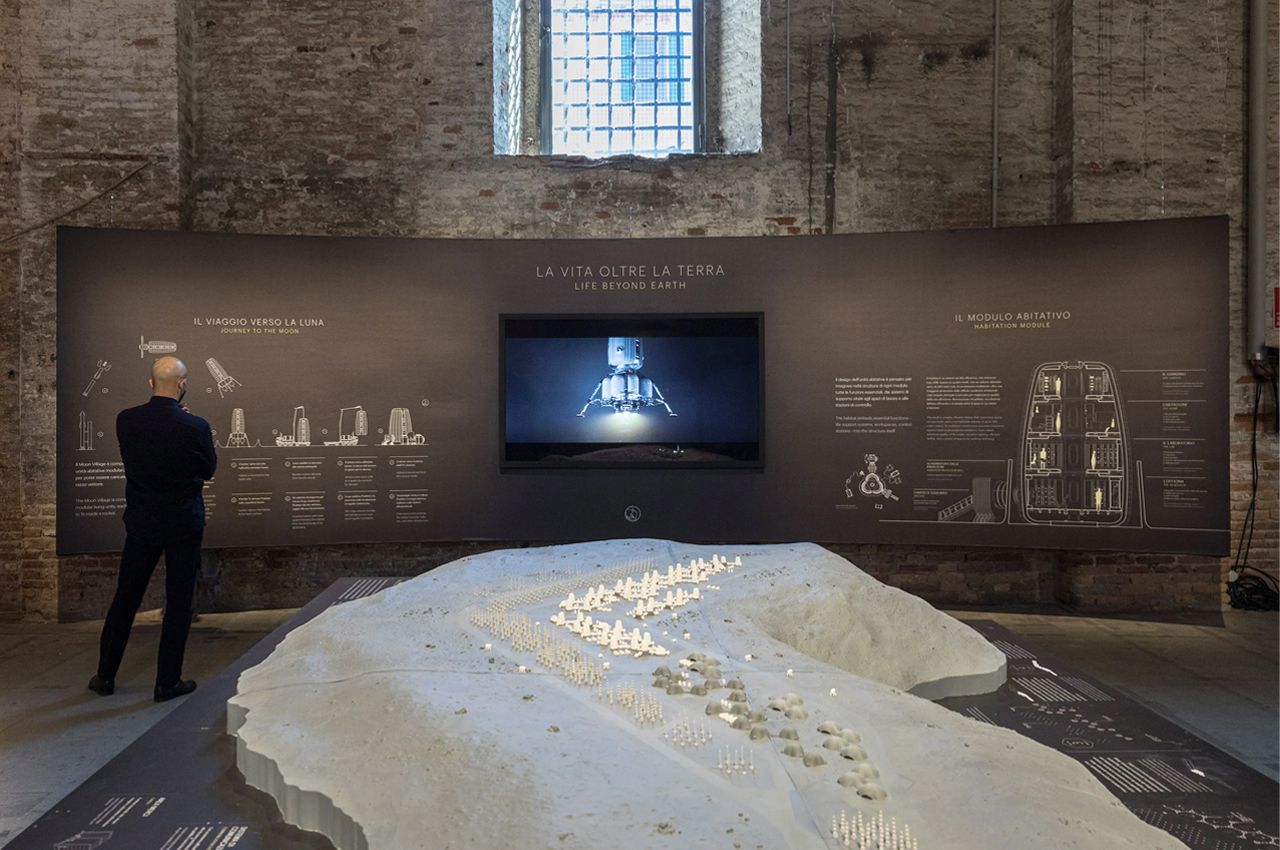
The 17th International Architecture Exhibition of La Biennale di Venezia hosted Moon Village’s model debut.
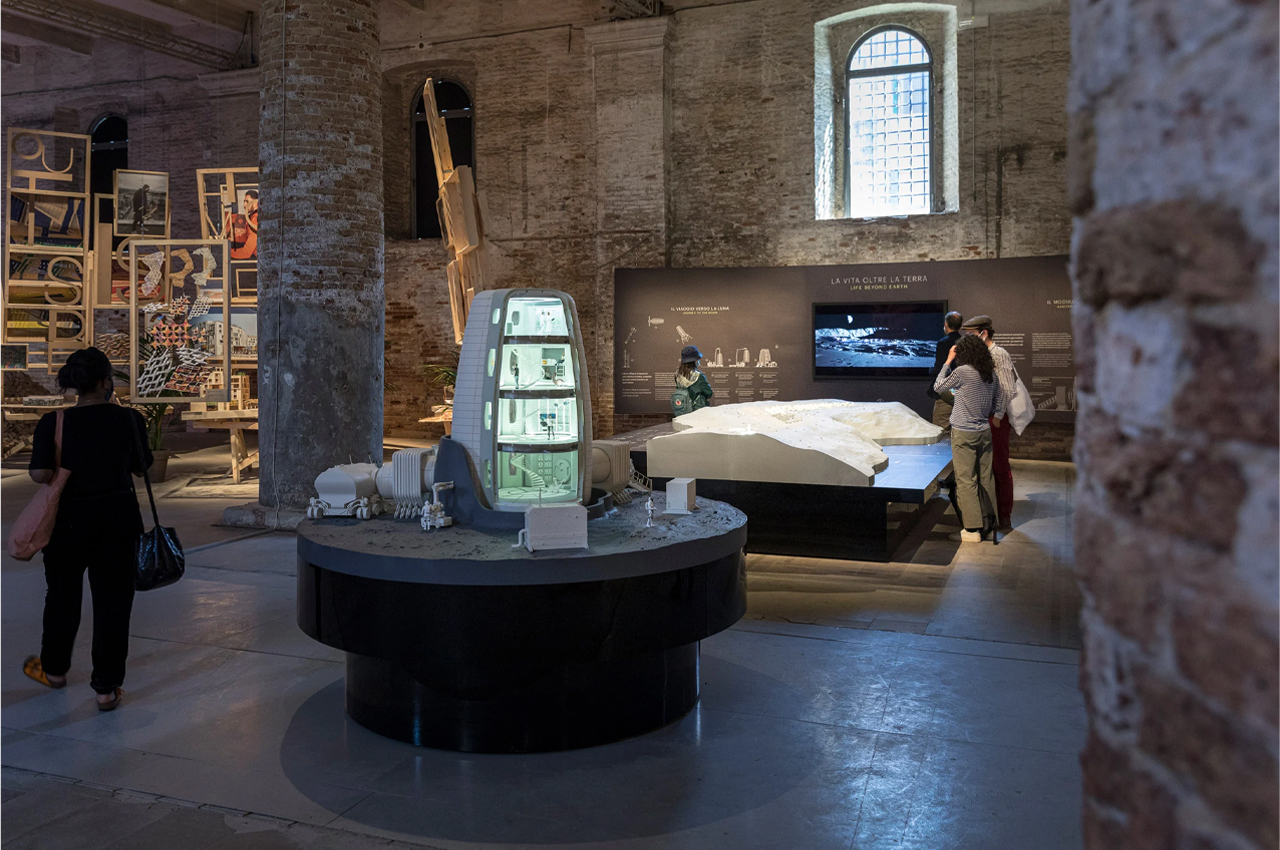
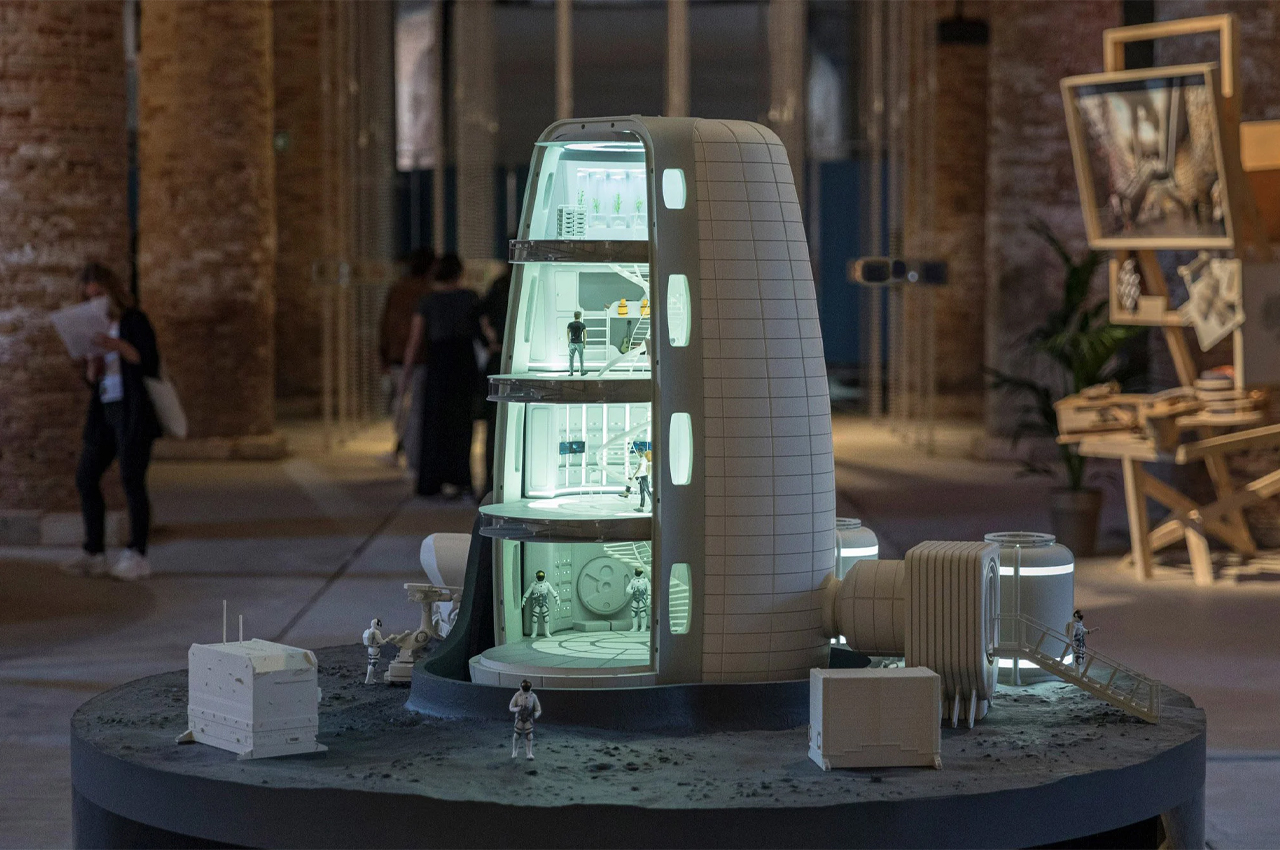
via https://ift.tt/2nqSsIm
Post a Comment
Note: Only a member of this blog may post a comment.